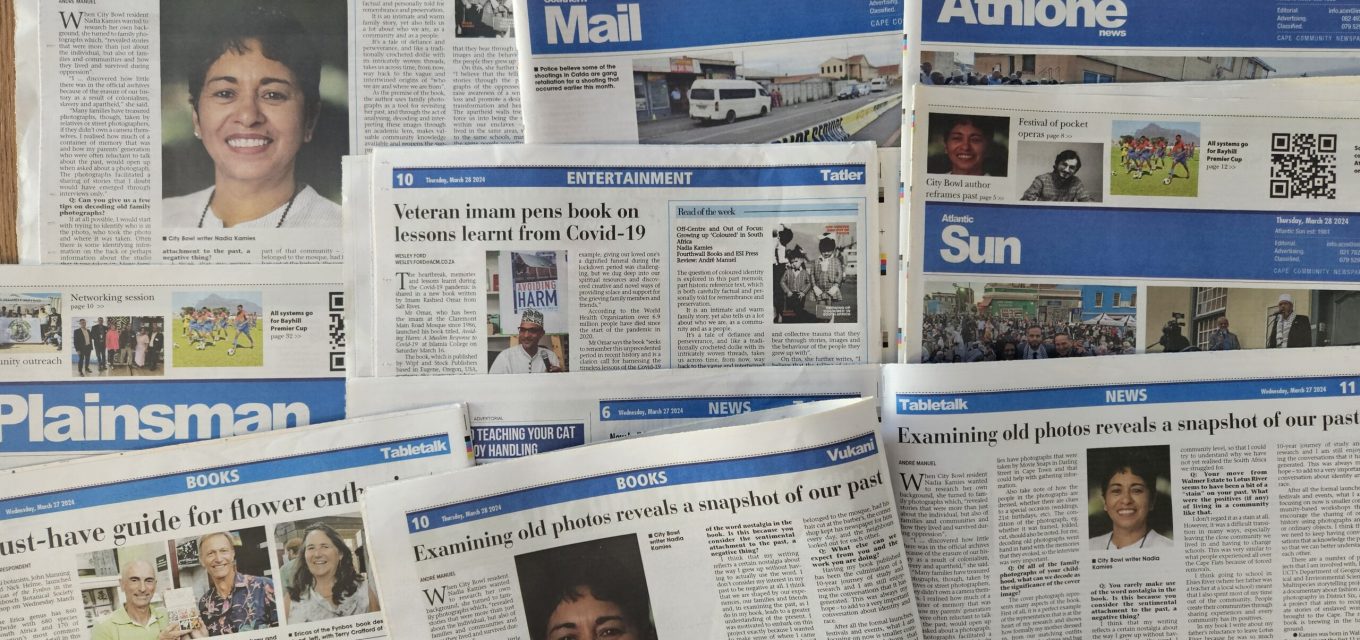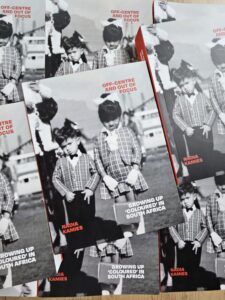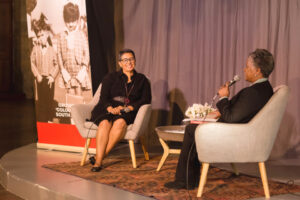I was recently asked by the editor of Africa Community Media what had inspired me to focus specifically on photographs in my book. Here’s what I shared with her:
I wanted to research my own background and discovered how little there was in the official archives because of the erasure of our history as a result of colonialism, slavery and apartheid. Many families have treasured photographs, though, taken by relatives or street photographers, if they didn’t own a camera themselves. I realised how much of a container of memory that was and how my parents’ generation who were often reluctant to talk about the past, would open up when asked about a photograph. The photographs facilitated a sharing of stories that I doubt would have emerged through interviews only. They revealed stories that were more than just about the individual, but also of families and communities and how they lived and survived during oppression.
- Can you give us a few tips on decoding old family photographs?
If at all possible, I would start with trying to identify who is in the photo, who took it and where. Often there is some identifying information written on the back or perhaps information about the studio that it was taken in. For example, many families have photographs that were taken by Movie Snaps in Darling Street, Cape Town, that could help with gathering information. Also, take note of how the people in the photographs are dressed, whether there are clues to a special occasion (weddings, 21st birthdays, etc). The condition of the photograph, e.g. whether it was framed, folded, cut, should also be noted. For me, decoding old photographs went hand in hand with the memories that they evoked, so the interview was very important.
- Of all of the family photographs of your childhood, what can we decode as the significance of the cover image?
The cover photograph represents many aspects of the book. First of all, it is a perfect example of the representation that is at the heart of my research and shows how formally my mother dressed us, from our matching outfits right down to the gloves and bag I’m holding. Secondly, in spite of the photograph being off-centre and out of focus, and the woman and the baby in the background having had half their heads cut off by the photographer, it records a very important day in my grandmother’s life, including the religious and traditional practices of a community living under apartheid.
A short review of Off-Centre and Out of Focus was published in a number of community newspapers in March, along with a Q&A. You can read more here.


